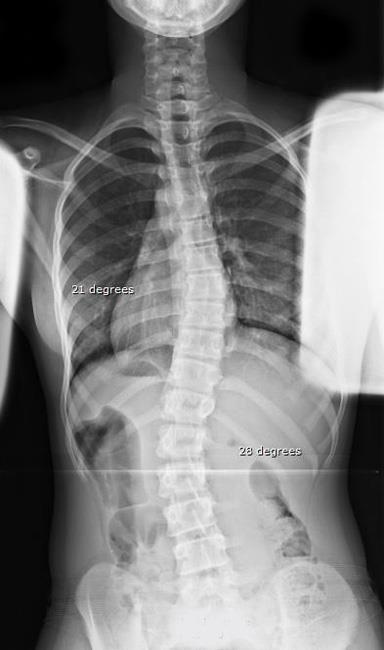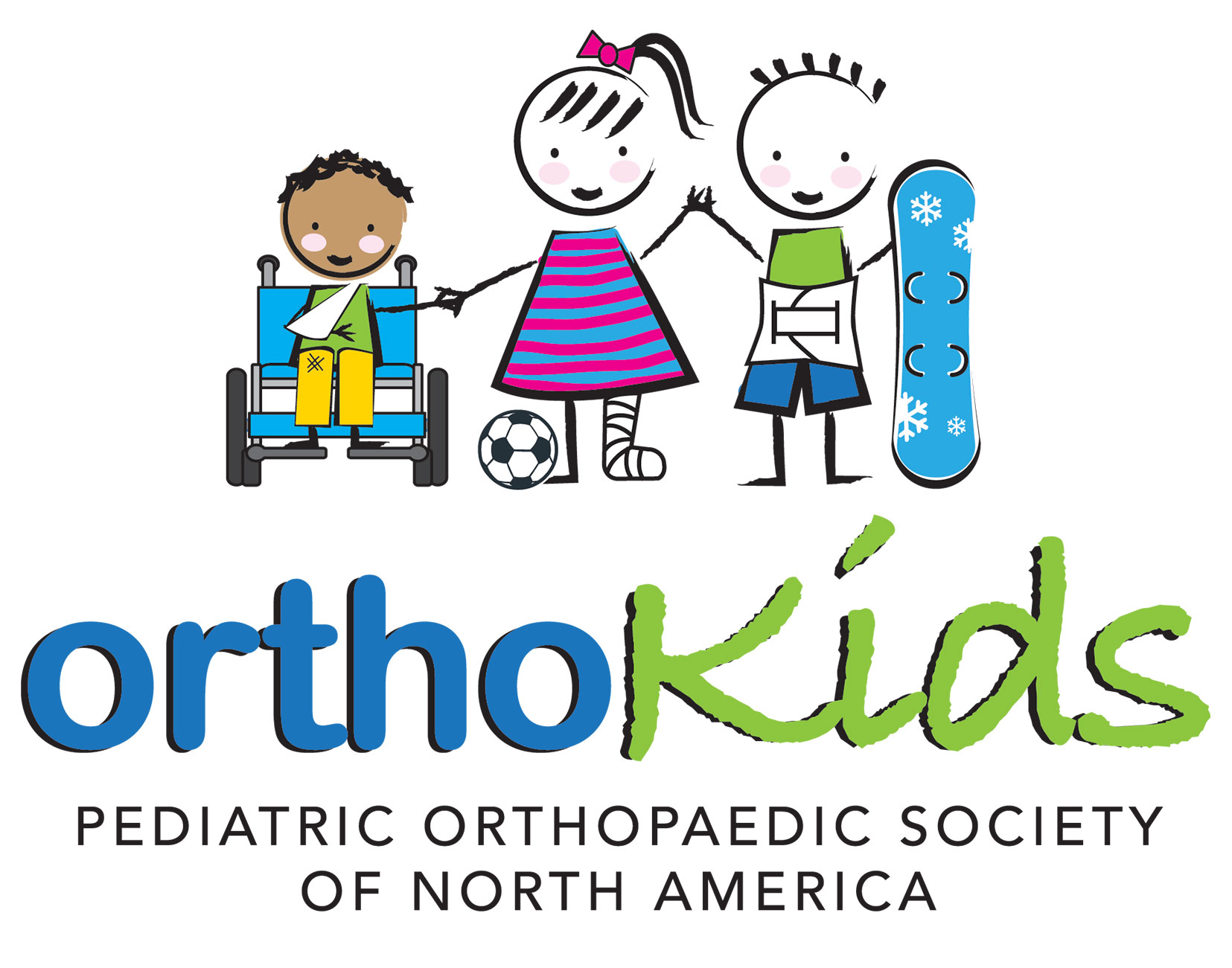Treatment
Nonsurgical Treatment Options for Scoliosis
This article answers frequently asked questions about observation and bracing, as well as physical therapy and alternative therapies such as acupuncture, chiropractic treatment, and yoga. For information about scoliosis surgery: Surgical Treatment Options for Scoliosis
What Are the Treatment Options for Scoliosis?
There are many treatment options for scoliosis. While severe curves may require surgical care, most patients are treated nonsurgically.
- Common surgical treatments include bracing and scoliosis-specific exercises.
- Patients who have back pain from scoliosis may benefit from scoliosis-specific exercises as well as acupuncture, yoga, Pilates, and chiropractic care.
What will make the spine go back to being straight again?
- Surgery is the only treatment that can reduce scoliosis, but it will not usually completely straighten the spine.
- Bracing can help prevent a curve from getting worse, but it is not expected to improve existing curvature.
- There are some low-quality studies suggesting scoliosis-specific exercises can prevent curvature from getting worse.
- Other non-bracing treatments, including acupuncture, yoga, Pilates, and chiropractic care, are primarily for pain relief from scoliosis but have not been shown to reduce curvature or prevent curve progression.
What happens if the child has just a slight curve?
Children who have mild curves (less than 20 degrees) and are still growing will usually be monitored to make sure the curve is not getting worse. The doctor will check the growing child's spine about every 6 to 12 months. If the child is fully grown, they may not ever need more X-rays.
Will having so many X-rays cause future health problems?
Modern X-ray technology minimizes radiation dosing to children. Most children will have less radiation exposure from scoliosis X-rays annually than they receive from the amount of radiation in the atmosphere and from air travel.
What happens if no treatment is done? Will the curve get worse?
Two factors can strongly predict whether a scoliosis curve will get worse: patient age and curve size. Larger curves (greater than 30 degrees) in children under the age of 10 years are the most likely to progress to needing surgical care.
We know from studies that once someone is fully grown:
- Scoliosis curves less than 30 degrees tend to stay the same.
- Curves greater than 50 degrees almost always will worsen slowly over time, by about 1 degree per year.
- The prognosis varies over time for patients with curves between 30 degrees and 50 degrees.
Common Questions About Bracing
Do I have to wear a brace if I have scoliosis?
Most people with scoliosis do not have to wear a brace. The larger a curve gets, the more likely surgery may be needed to correct it. Therefore, if you have signs of curve progression and have a lot of growing left to do, your doctor may recommend you wear a specially designed back brace to try to keep the curve from getting larger as your spine grows.
For what degree curve do you decide to prescribe a brace?
Brace treatment is generally used to prevent scoliosis from getting worse when you have a curvature between 20 degrees and 40 degrees and you still have a significant amount of growing left to do.
Does bracing work?
Several research studies show that a brace, when worn as prescribed, can keep your spinal curve from growing large enough to require surgery.
Research confirms that the more time the brace is actually worn, the more effective it is.
- Wearing the brace just 6 hours a day is nearly useless
- Those wearing a brace over 16 hours a day will be less likely to need surgery. However, in some cases, the curve continues to grow larger even though a brace is worn.
What kind of brace will I need, and why?
Your doctor will work with an orthotist (a professional who makes assistive devices like braces) to recommend the best type of brace for you.
The kind of brace you need depends upon several factors, such as:
- Where the curve is located on your spine
- How flexible your curve is
- The number of curves you have
- The position and rotation of some of the vertebrae in your spine
- Any other medical conditions you may have
Your doctor and orthotist will also take into account your activities and lifestyle when suggesting braces. You and your parents can then decide which brace you prefer among the choices given.
The brace only works if you wear it as prescribed, so it is important that you participate in the decision-making process.
How long will I need to wear the brace?
Can I wear it at night only?
You need to wear a brace until your spine stops growing. This timing varies quite a bit from person to person. Your doctor will check your brace and the status of your growth every 4 to 6 months.
The amount of time each day that you have to wear the brace depends on several things, including your growth and the type of brace you wear. The most common daytime braces are worn for 16 to 23 hours daily.
Some braces are worn only while you sleep, but they do not work for all curve types. Your doctor will advise you about which brace is best for you and the amount of time you need to wear your brace each day.
What will it be like to wear a brace?
It may take some practice to get used to putting on your brace, but soon you will become an expert at it. Clothes in loose-fitting styles will easily cover your brace, making it difficult for others to know you're even wearing a brace.
As long as your doctor approves, you will be able to remove your brace to play sports or do other recreational activities.
What happens if I don't wear the brace?
Wearing a brace is one important way you can try to prevent your scoliosis from getting worse.
A brace will only work if you wear it. If your doctor recommends a brace, and you choose not to wear it, you run a higher risk of your curve getting larger.
Depending on how big your curve gets, your doctor may recommend that you have surgery to correct it.
Common Questions About Alternative Treatments for Scoliosis
Many patients and their parents ask about the effectiveness of treatment options other than bracing and surgery.
Will physical therapy help my scoliosis?
It has not been proven that physical therapy can help with the scoliosis itself.
- There is no high-quality evidence showing that physical therapy alone is effective in stopping the curve from getting worse during growth
- Different physical therapy methods, such as the Schroth method, have been designed to offset the effects of scoliosis and improve the shape and look of your body.
- There is some low-quality research showing that physical therapy may help you appear straighter and improve your breathing.
- Physical therapy and a home exercise program can be very helpful at treating back pain associated with scoliosis.
Will chiropractic treatment help?
- Chiropractic may be effective at treating back pain associated with scoliosis.
- Chiropractic care has not been shown to reduce or prevent progression of scoliosis.
Patients with scoliosis who choose chiropractic treatment should also be seeing an orthopaedic or neurosurgical spine specialist for monitoring and treatment.
Will acupuncture help treat and manage my back problems?
- Acupuncture is an option for treatment of back pain associated with scoliosis. Many people are able to get pain relief with acupuncture treatment; however, it is not predictable who will have success.
- Acupuncture has not been shown to reduce or prevent progression of scoliosis.
Will yoga help treat and manage my back problems?
There are many systems of yoga. Basically, most yoga systems are intended to improve muscles through stretching, holding positions, and breathing exercises. Some yoga systems also include meditation.
- Regular yoga practice has been demonstrated to improve back pain.
- Yoga has not been shown to reduce or prevent progression of scoliosis.
How can massage help my back problems?
- Massage treatment may help with back pain associated with scoliosis.
- Massage treatment has not been shown to reduce or prevent progression of scoliosis.
Will Pilates make my scoliosis or back problems better?
Pilates exercises focus on strengthening abdominal and back muscles. There also is emphasis on posture and breathing.
- Pilates exercises may help with back pain associated with scoliosis.
- Pilates exercises have not been shown to reduce or prevent progression of scoliosis.
Contributed and/or Updated by
Peer-Reviewed by
AAOS does not endorse any treatments, procedures, products, or physicians referenced herein. This information is provided as an educational service and is not intended to serve as medical advice. Anyone seeking specific orthopaedic advice or assistance should consult his or her orthopaedic surgeon, or locate one in your area through the AAOS Find an Orthopaedist program on this website.








